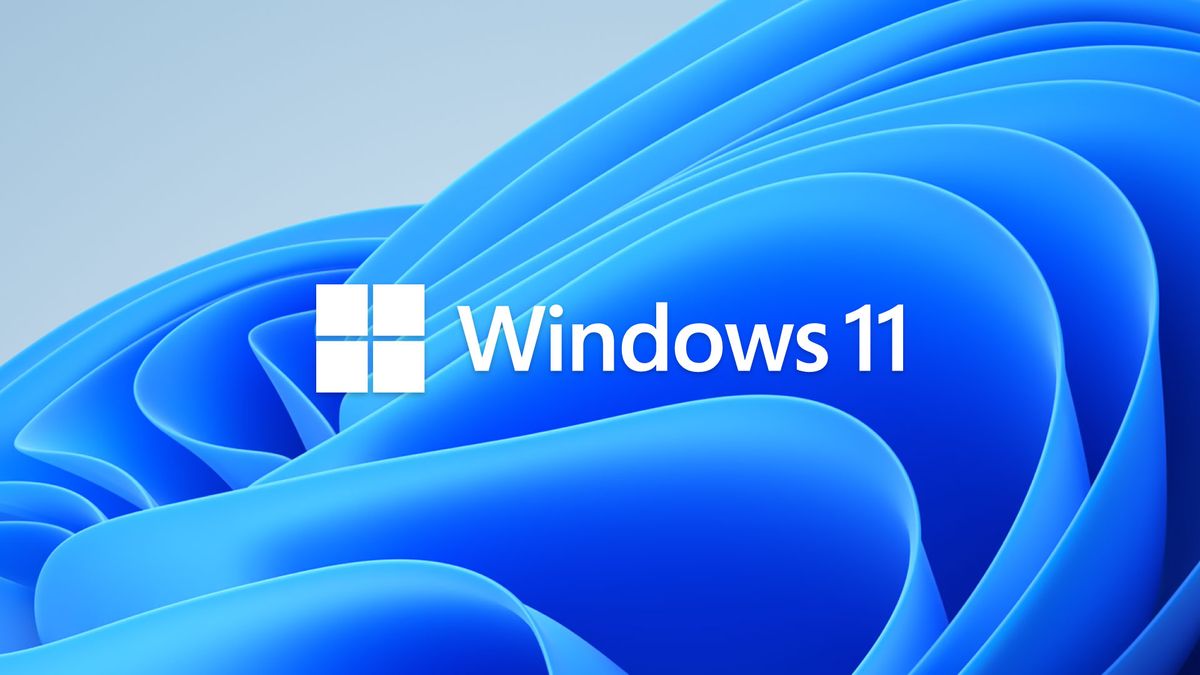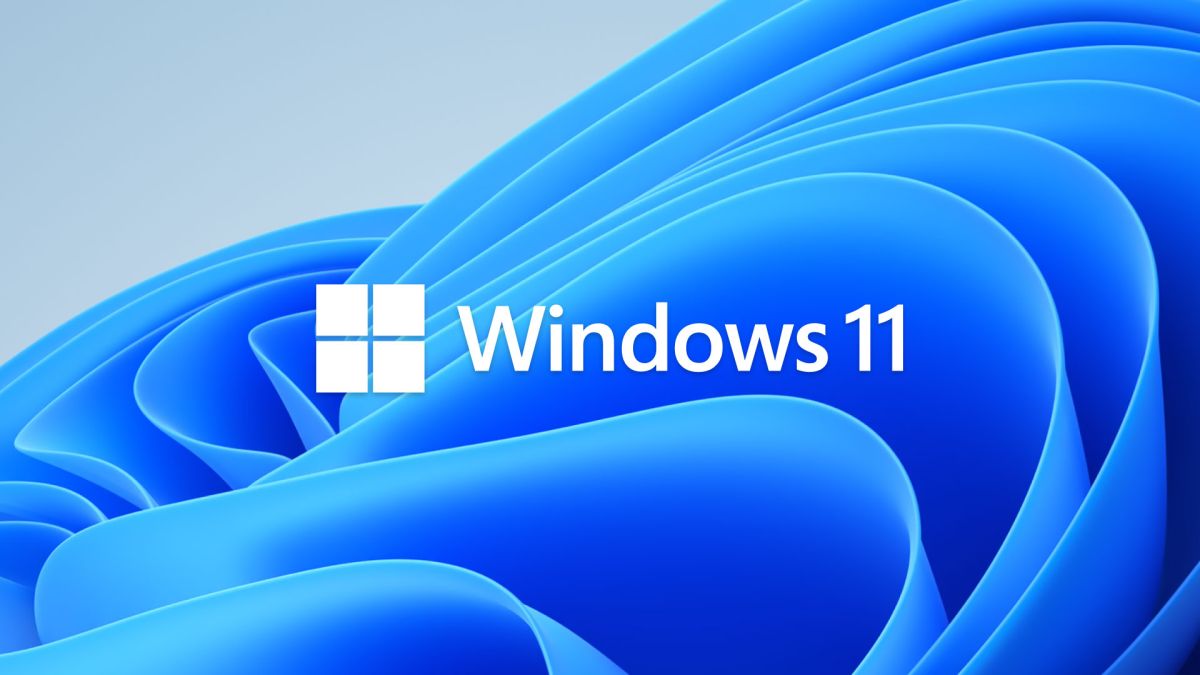
Microsoft has quietly walked back a change pushed out with Windows 11 that caused anger and frustration among a large section of users.
With the latest Windows 11 update, which is currently in the process of rolling out, changing the operating system’s default web browser is as simple as a single button press.
The new system is a far cry from the previous arrangement, which required users to manually register their browser preference for each and every file extension (.HTML, .HTM, .PDF so forth).
Windows 11 and Microsoft Edge
Since Windows 11 went live last year, Microsoft has taken a large amount of flak for its attempts to weaponize the new OS in an effort to turn Microsoft Edge into a genuine competitor in the browser market.
In addition to deliberately making it harder to change the default web browser in Windows 11, Microsoft also took steps to funnel all links housed within its own products (e.g. the Start Menu) into Edge, no matter which browser was recorded as the preferred option.
Given the size of the Windows install base, you’d think efforts of this kind would have a dramatic effect on the Microsoft Edge market share. But in reality, the browser has still struggled to make up ground on Chrome or Safari, which hold a combined 82% of the market, the latest data suggests.
To Microsoft’s credit, however, the company appears to have taken on board the howls of anger from the community. With the latest Windows 11 update, switching the default browser is a single-click process, performed from within the default apps menu under Settings.
Instead of strong-arming Windows users into embracing Edge, Microsoft will instead rely on a steady stream of feature updates to entice people organically. In recent months, for example, the browser has received upgrades that allow users to debug performance issues, shield against novel cyberattacks and switch freely between multiple profiles.
